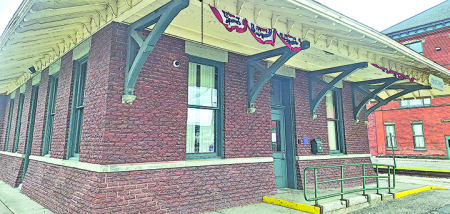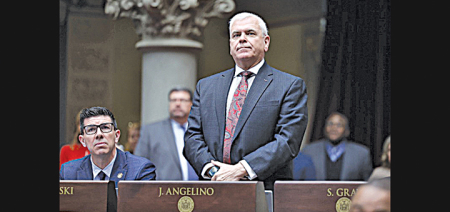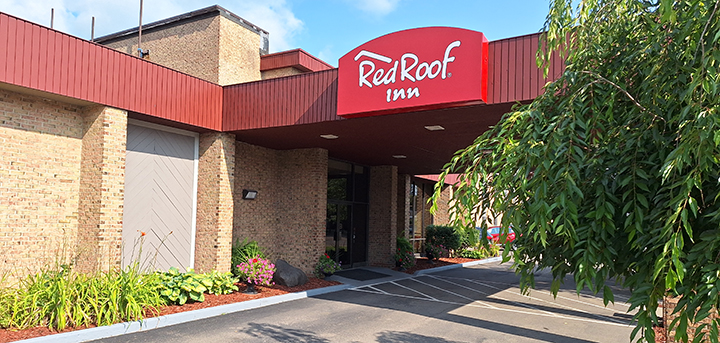Improved Disaster Response Playbook Needed
Published:
July 22nd, 2013
By:
Sen. James Seward
A number of communities throughout my district are continuing to clean-up following devastating flooding that occurred in late June and early July. It is, unfortunately, a story that has been retold far too often in recent years.
We have been in almost constant flood response mode in recent years and a comprehensive, pro-active strategy is needed so we can better prepare for natural disasters and be able to mobilize relief resources in rapid fashion.
Several steps have already been taken and each time a flood, or other natural disaster, occurs we do improve our “disaster playbook.” Two years ago when Hurricane Irene and Tropical Storm Lee struck, a number of changes were made that helped improve our readiness and response to Superstorm Sandy in 2012. Our response this summer has also been refined thanks to lessons learned last fall. Now it is time to further enhance our disaster preparedness
I am joining several of my senate colleagues in preparing a legislative package set for introduction in Albany that will guide New York State’s long-term recovery and mitigation efforts for this, and future natural disasters. The six-point legislative plan will include the following components:
1) The centerpiece of the legislation will be a New York state flood and emergency relief fund –“Funding Emergency Relief Now” (FERN) to assist New York property owners when FEMA or other funding is denied by the federal government;
2) A refundable state income tax credit against property taxes paid where homes and businesses have suffered damage that reduces their value;
3) A state task force on flood prevention and mitigation with regional subcommittees to help communities plan and fund flood prevention measures on a regional basis. The task force would include representatives of the legislature, the state departments of Health, Environmental Conservation, Transportation, State, Homeland Security and Emergency Services, the National Guard, first responders, local government officials and local soil and water conservation districts with benchmarks and deadlines for action;
4) Enhanced funding through the environmental protection fund (EPF) for soil and water conservation districts to help local governments plan improved storm water drainage and flood prevention efforts;
5) National Guard directed and supported construction assistance in communities where flood mitigation measures have been identified;
6) Requiring a simplified and expedited reimbursement process for the state share of any reimbursable flood-related costs by local governments. Failure to process reimbursements to a local government within 60 days would trigger bonus payments to local governments to cover their cost of borrowing to cover funding shortfalls.
Every natural disaster is unique, but the helpless feeling of devastation people are left with in the wake of a disaster is always the same. When lives are turned upside down, individuals want reassurance that help is on the way and that better days lie ahead.
While the federal response has been uneven at best, the state has acted quickly and appropriately, partnering with local governments, homeowners, and businesses to help with a coordinated rebuilding effort. Governor Cuomo has been attentive to our state’s disaster needs and I look forward to working with him and other state officials further to fully redevelop our overall disaster readiness and response.
One other thought to keep in mind – when a disaster strikes, information is key. To that end, I again want to make sure everyone is aware of a crucial state resource, NYalert.gov. The website, operated by the New York State Emergency Management Office, contains critical emergency-related information including severe weather warnings, significant highway closures, hazardous materials spills, and many other emergency conditions. Additionally you will find information regarding response actions being taken by local and state agencies and protective actions that you should take to protect you, your family and your property. Warnings and emergency information can also be sent directly to your cell phone, email and other technologies. Signing up for NY Alert is free and I encourage everyone to do so.
Author: Sen. James Seward - More From This Author
Comments










